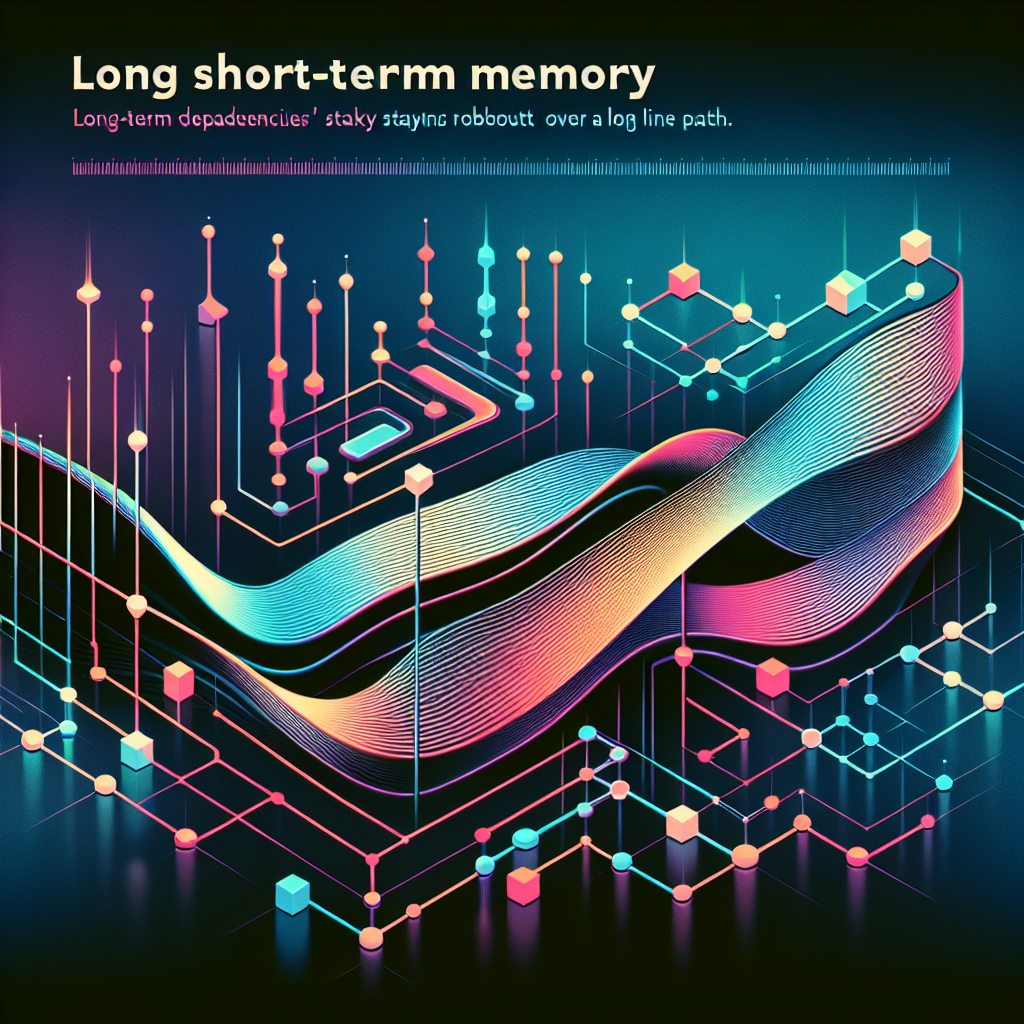Your cart is currently empty!
Enhancing Long-Term Dependencies with Long Short-Term Memory (LSTM) Networks

Enhancing Long-Term Dependencies with Long Short-Term Memory (LSTM) Networks
In the field of artificial intelligence and machine learning, one of the key challenges that researchers face is dealing with long-term dependencies in sequential data. Traditional neural networks, such as feedforward neural networks or simple recurrent neural networks, often struggle to capture long-term dependencies in sequential data due to issues like vanishing gradients or exploding gradients.
Long Short-Term Memory (LSTM) networks, a type of recurrent neural network, have emerged as a powerful solution to this problem. LSTM networks are designed to address the issue of vanishing gradients by introducing a memory cell that can remember information over long periods of time.
The key to the success of LSTM networks lies in their architecture, which includes three main components: the input gate, the forget gate, and the output gate. These gates work together to regulate the flow of information through the memory cell, allowing the network to selectively remember or forget information at each time step.
The input gate controls how much new information is added to the memory cell, while the forget gate determines how much information from the previous time step should be discarded. Finally, the output gate controls how much information from the memory cell is passed on to the next layer of the network.
By carefully managing the flow of information through the memory cell, LSTM networks are able to capture long-term dependencies in sequential data more effectively than traditional neural networks. This makes them particularly well-suited for tasks like speech recognition, language modeling, and time series prediction, where long-term dependencies are common.
In recent years, LSTM networks have been used in a wide range of applications, from natural language processing to financial forecasting. Their ability to capture long-term dependencies has made them a popular choice for researchers and practitioners looking to improve the performance of their machine learning models.
In conclusion, Long Short-Term Memory (LSTM) networks have proven to be a valuable tool for enhancing long-term dependencies in sequential data. By introducing memory cells and gating mechanisms, LSTM networks are able to capture long-term dependencies more effectively than traditional neural networks. As a result, LSTM networks have become a key technology in the field of artificial intelligence and machine learning, with applications in a wide range of industries.
#Enhancing #LongTerm #Dependencies #Long #ShortTerm #Memory #LSTM #Networks,recurrent neural networks: from simple to gated architectures

Leave a Reply